Performance: Passive Solar Index 15
Registration date: February 12, 2015
Region: Saguenay, Quebec
Type of construction: Single-family New home
PSI rating: 15 kWh / m²
Method of calculation: Modelled
Built by owner Alain Hamel, the Kenogami House is located at Lac Kenogami, Saguenay, Quebec, and is a winner of the Green Builder® Home of the Year Awards from Green Builder Media®
This is a passively heated 1,950 net square feet, 3 bedroom home rated at 15 kWh per square meter per year that was built according to the acronym ENDURE: Energy efficient, Non-toxic, Durable, User friendly, Resilient and Engaging. This split level home was built on a 6 inch thick concrete slab-on-grade (insulated to R60) and is as durable as it is energy efficient.
The floors are polished concrete and red spruce; interior walls comprise brick placed in the path of the sun to act as thermal storage. Windows are triple pane, fibreglass framed, argon filled with an average R value of 4.5. Window glazing is 91% south facing to avoid heat loss and maximise solar heat gain.
Exterior durability measures include a metal roof and fascia, electrically controlled exterior shutters, stone and red spruce siding.
Heat recovered ventilation is provided by a Zhender air exchanger rated at 93% efficiency and along with interior appliances is powered by a 5.4 watt photovoltaic solar panel system.
The ceiling is insulated to R151; walls have a 'true' R value rating of 80, and the energy load needed for heat on the coldest days is estimated at 12 W per square meter or a total of 2100 W. For the most part, this home is expected to remain at a comfortable temperature throughout the winter with only passive solar heat gain and the heat normally generated though human occupancy.
This will be the first winter for the Kenogami House, and its performance will be closely monitored. Should it be necessary to take measures to avoid overheating during mild periods, Alain is considering an air-to-water heat pump to extract heat from the air where it can be deposited into a domestic hot water tank. From there it can serve domestic hot water needs, or be transferred to the radiant concrete floor as thermal storage to balance temperatures between day and night.







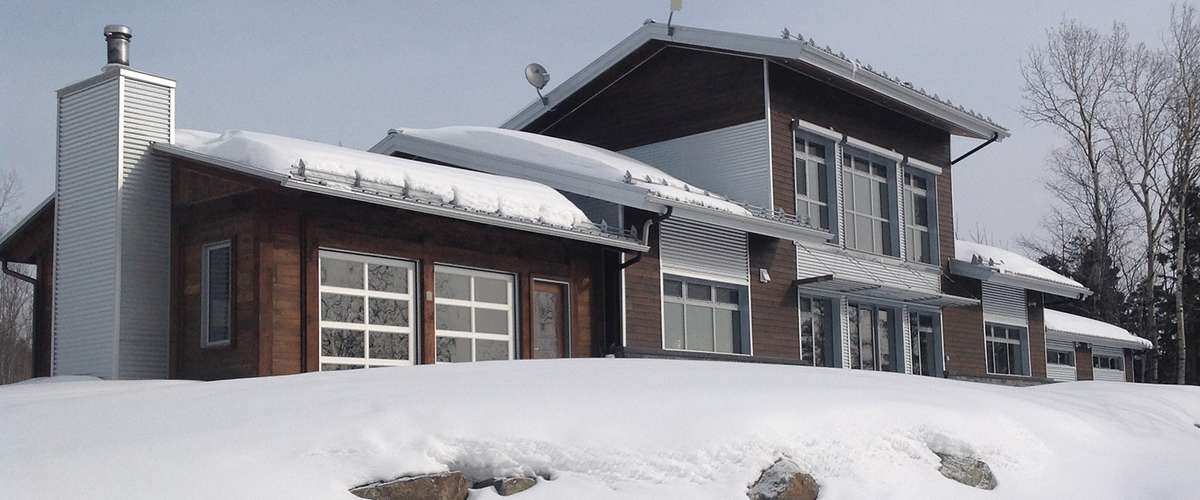













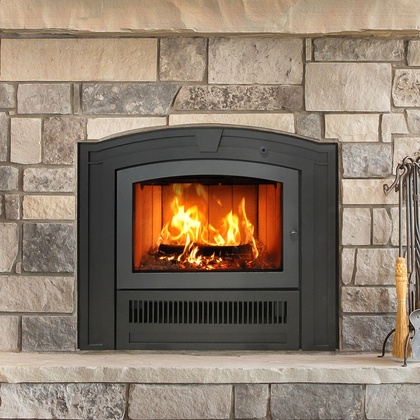





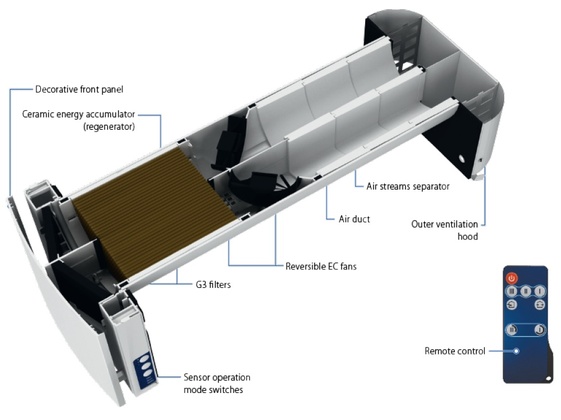

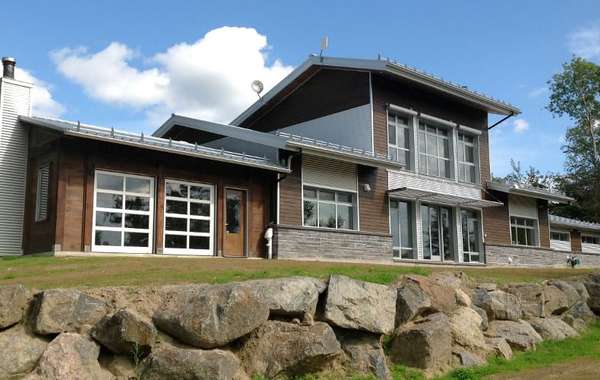
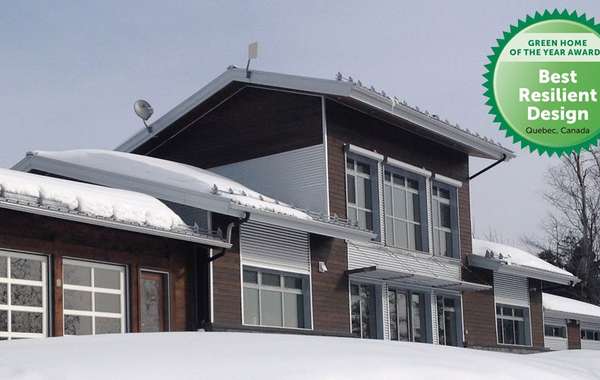
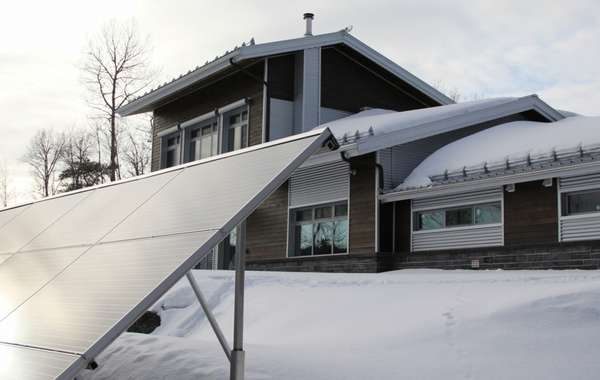
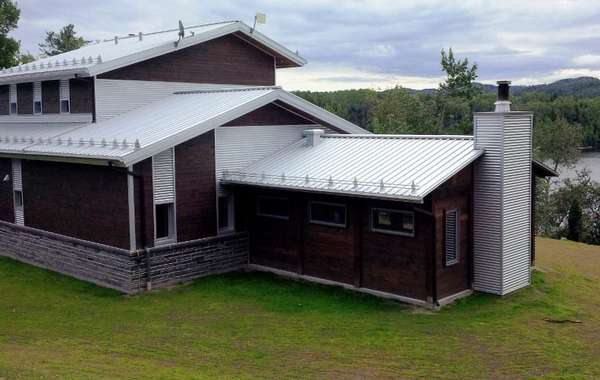
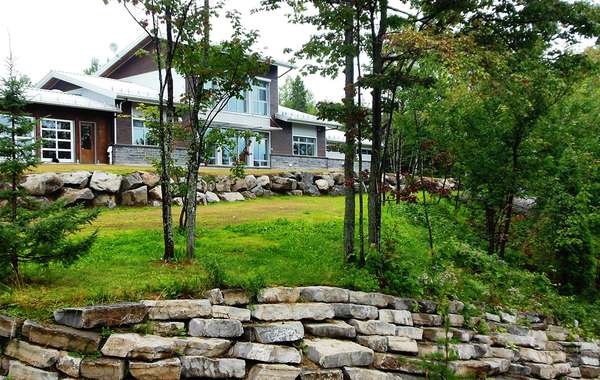
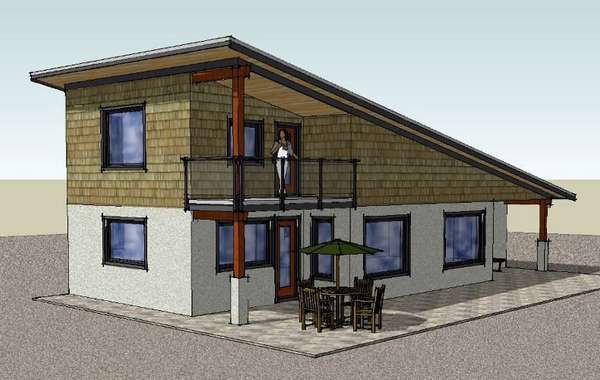
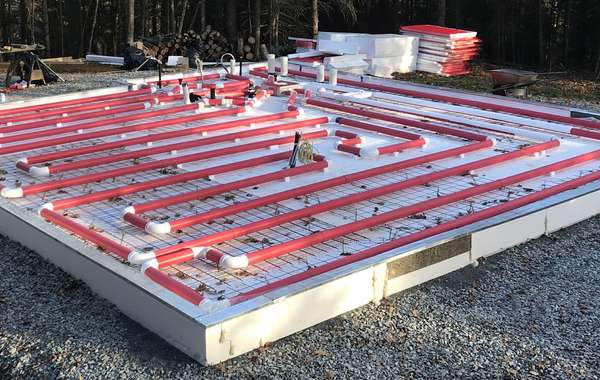
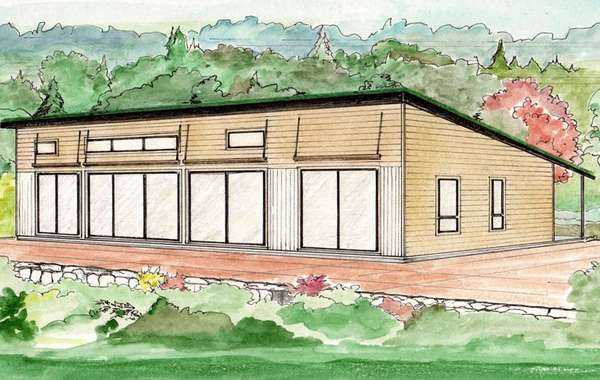
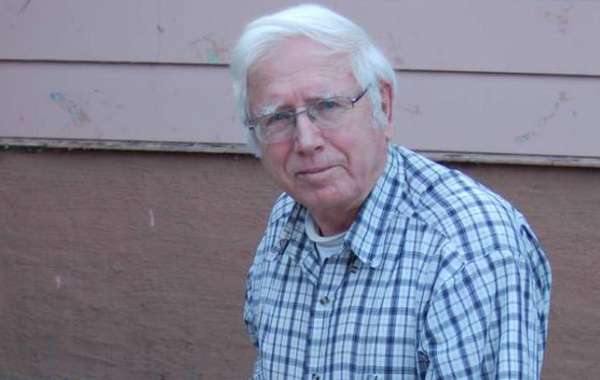
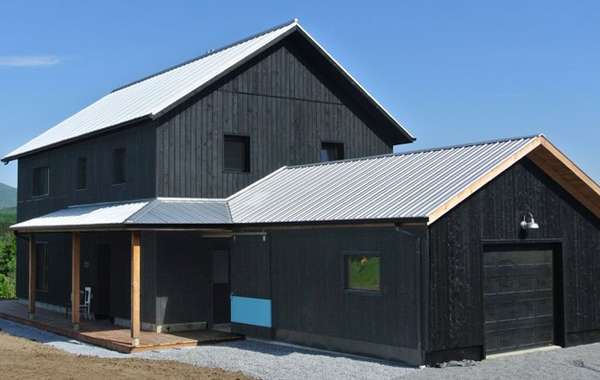

Comments (0)
Sign Up to Comment